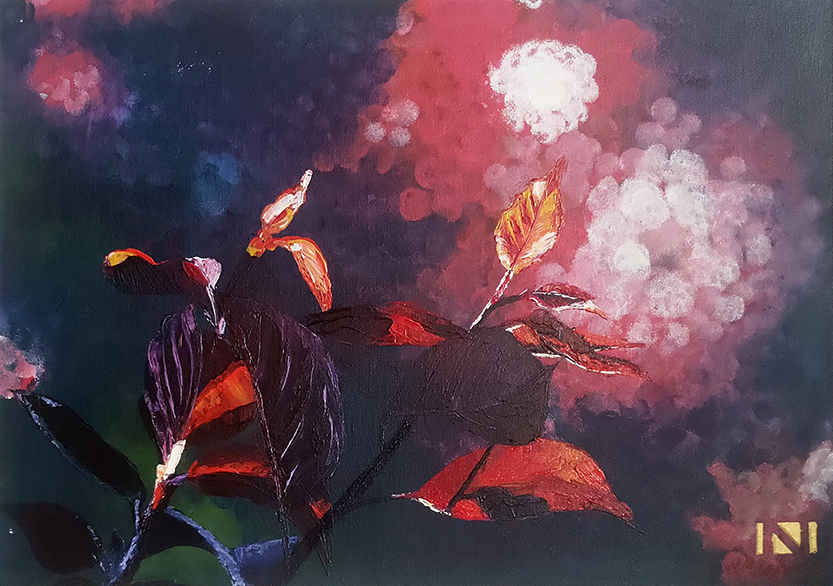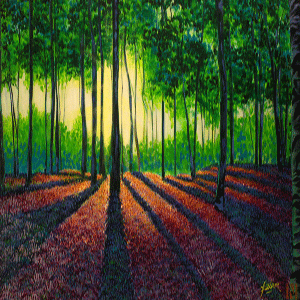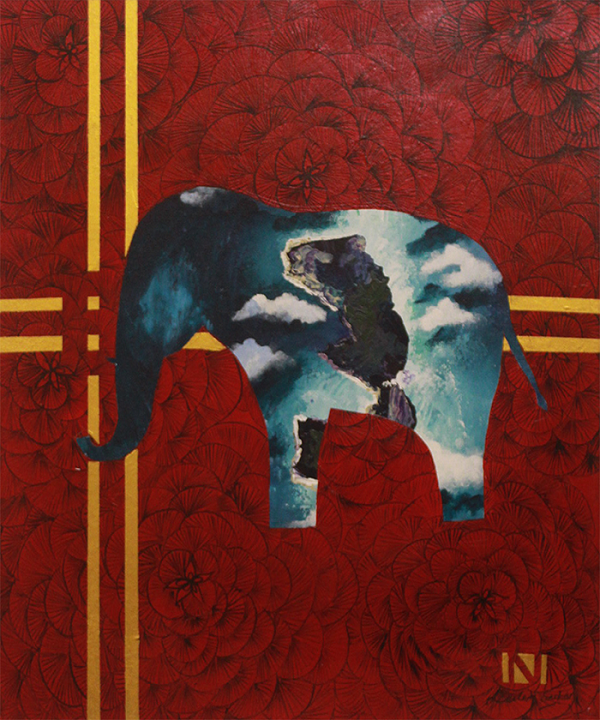Street Art
-
Liberation
₹18,000.00 ₹16,900.00 -
At Home
₹18,000.00 ₹14,900.00 -
The Light in nature
₹25,000.00 ₹21,900.00 -
Citiscape
₹32,000.00 ₹28,000.00 -
Silver Elephant
₹32,000.00 ₹28,000.00 -
Mother & Child
₹12,000.00 ₹8,900.00 -
Ballerina
₹12,000.00 ₹8,900.00 -
Citiscape
₹32,000.00 ₹28,900.00 -
Red Fountain
₹45,000.00 ₹31,900.00 -
Skyline with Flag
₹32,000.00 ₹27,900.00 -
Forest
₹25,000.00 ₹21,900.00 -
Elephant
₹22,000.00 ₹18,000.00
Street art is a visual artwork that is on display in public areas for visibility. It could be on buildings, terrace, roads, trains, buses, taxis and so on. It is related to graffiti and is, usually, unlawful but more connected to graphic design and style. Street art is more open but often created without or against the permission of the owner or the authority. There are no specific rules in street wall art painting, so anything and everything works in this artform. The most common tools and patterns used in street art are wheat-pasting, stencilling, stickers, freehand drawing and projecting videos. Street art originated from New York City in Manhattan in the 1960s when the graffiti writers added a number to their name to mention the street they lived on. Elements like stars, crowns, arrows and even characters kept adding on to these writings which evolved overtime and so did the meaning it carried. The gritty and illicit aspects of graffiti strangely inspired a great number of artists and evolved street art out of it. Today, street art painting covers an extreme variety of techniques, patterns and new approaches beyond spray painting. For street artists the “street” is the largest gallery in the world- an open sky museum for all. Each sign in this artform is unique and showcases a new pursuit by evolving the substance, subject matter and meaning.
In the present day, street art has merchandised, since the art form and its meaning keep on renewing. It provokes thought among the audience through the purpose it serves. Street art, besides being illegal, is now the consequence of an agreement or a commission. Distinct from conventional art, street art is characterised by its direct use of large space for the material form of the conceptualised project. It has moved from graffiti and vandalism to more meaningful portrayal of beauty and passion. Currently, street art encompasses medias other than spray paint, such as flyposting, blinking or led art, mosaic skinning and tiling, pochoir, sticker slapping, dust tagging, lock art, wood blocking, poster art, 3d sculptures yarn bombing, chalk art and rock balancing. Even video projections on large buildings are a form of famous street art. Some of the most famous street artists include Bansky, IR, Invader, Lady Pink, Vhils, above, Roa, C215, Hyuro, Spy and Laguna. Since street art is borderline illegal, it always has the issue of proprietorship and intellectual property, along with infringement and wreckage. Though street artists pour out their personal thoughts, feelings and opinions in their art to get famous, their artwork still focuses on issues within the community and even outside it on a global level, on a public platform. The message conveyed by this artform is mostly understandable to all which works in its favour. It is often wondered if creating art on streets is adequate to call it street art to which Riggle’s view come to the rescue, for he believed that the material use of the street being internal to its meaning is to be considered to call it street art. Street is not a blank canvas for the artist, it has a past, a quality, a purpose, a feel and a structure. It metamorphosise the street and strikes a discourse. Although it is all-pervasive, artistic expression of street painting art is considerably known and recent. This free form of art would not have the same popularity and impact without the street being its medium or without the artworks being subjected to any threat like removal or demolition. This constant sign of temporality of the artworks in the public place is what contributes to its impact, meaning and fame. Indian street art can be most prominently found in Delhi and Calcutta. Street art in Delhi has been popular for garnering a national audience whereas Calcutta street art is still booming.




















